Big blow to China-backed separatism in North-East India, a source of inspiration for many separatist organizations
The UNLF, formed in 1964 with the aim of a Pan-Mongolian movement, has been an inspiration for many separatist organizations in North-East India. The UNLF's stated objective, along with close ties to China, has been to liberate Manipur from India and annex the Kabwe Valley of Myanmar. Along with the separatist organizations of North-East India, UNLF also has close relations with the Naxalites.

The peace agreement with Manipur's oldest separatist organization United National Liberation Front (UNLF) and its armed cadres laying down their arms and returning to the mainstream is being considered a major blow to China-backed separatism in Northeast India. The UNLF, formed in 1964 with the aim of a Pan-Mongolian movement, has been an inspiration for many separatist organizations in North-East India. The UNLF's stated objective, along with close ties to China, has been to liberate Manipur from India and annex the Kabwe Valley of Myanmar.
UNLF also has close relations with the Naxalites along with the separatist organizations of North-East India and two cadres of its armed wing People's Liberation Army of Manipur were also arrested on the charges of supplying arms to the Naxalites. A senior official associated with the Central Security Agency said that China's support to India's separatist organizations through UNLF has been proven.
In 2011, the Special Cell of Delhi Police arrested two cadres of People's Liberation of Manipur on charges of selling weapons to Naxalites and training them.
According to the agencies, China has been supplying weapons to the Naxalites through the PLA, which stopped after the alertness of the security agencies. It is expected that the peace agreement with the UNLF will pave the way for lasting peace and a complete end to separatism throughout North-East India. Except for Manipur and Nagaland, separatist organizations active in other states have already signed peace agreements and their cadres have surrendered their arms and returned to the mainstream.
As a result, violent incidents in North-East India have reduced by 73 percent, deaths of security forces personnel by 72 percent, and deaths of civilians by 83 percent. In Nagaland, the framework for a peace agreement with the National Socialist Council of Nagaland-Isaac-Muivah (NSCN-IM) has already been agreed upon in 2015. Security agencies believe that after the peace agreement of UNLF, negotiations with NSCN (NSCN-IM) will also gain momentum. Both separatist organizations have close ties and the NSCN had trained the People's Liberation Army, the underground wing of the UNLF formed in the 1990s. Manipur remained the biggest challenge to establishing peace in Northeast India, and the violence that erupted in May had created a clear divide between the Meiteis and the Kukis.
The UNLF, which claimed Meitei interests, played an important role. Obviously, after this, there will be pressure on other Meitei extremist groups to leave the path of violence. There has been a ceasefire agreement with the Kuki militant organizations since 2008 and talks are underway to bring them to a permanent peace agreement by laying down their arms. After this, permanent peace can be expected in Manipur.
For Latest News update Subscribe to Sangri Today's Broadcast channels on Google News | Telegram | WhatsApp














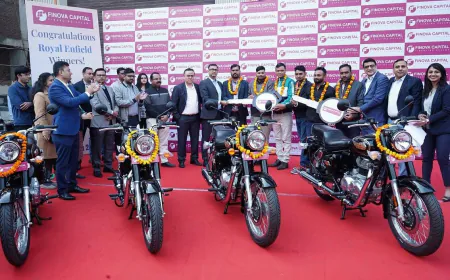










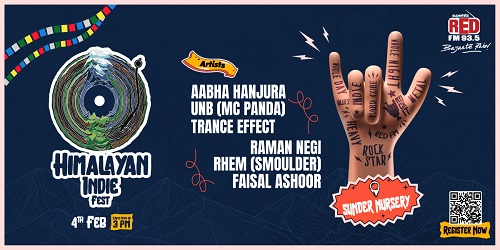







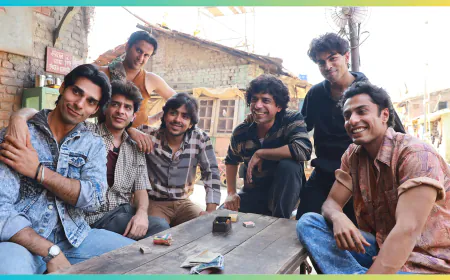



.jpeg)



















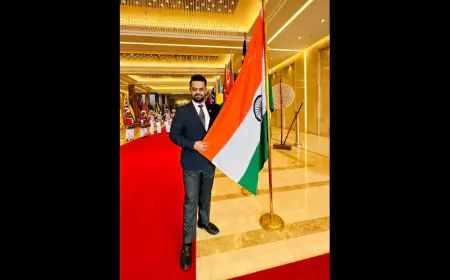



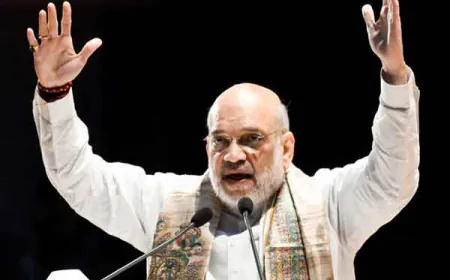

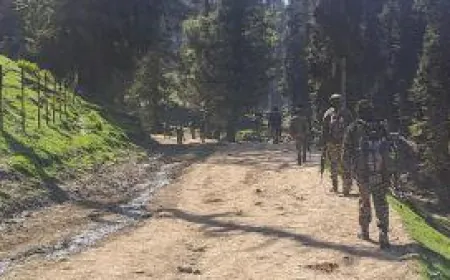













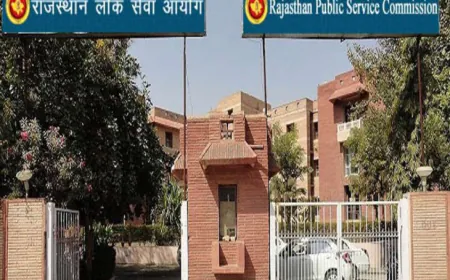




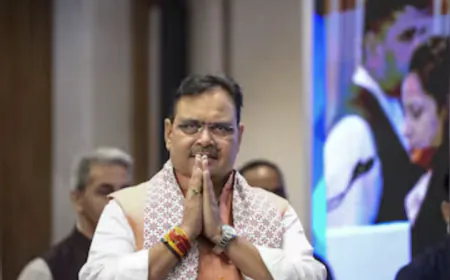




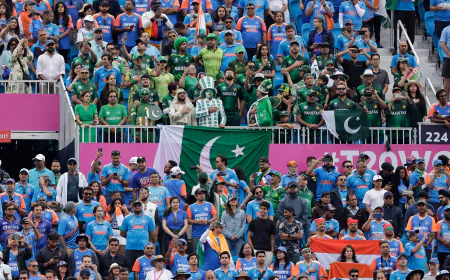






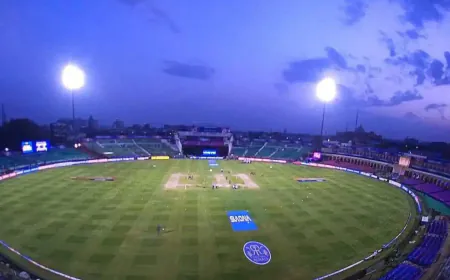
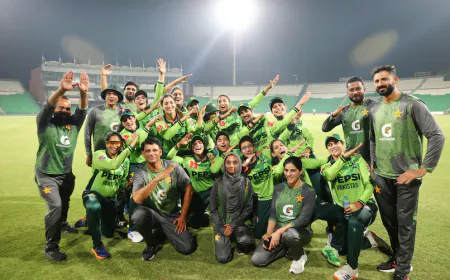

















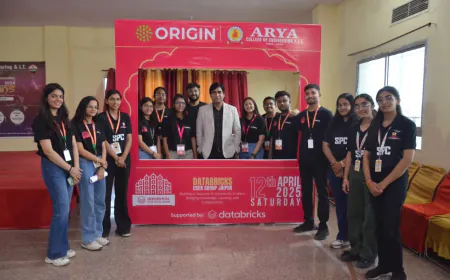


.jpeg)













